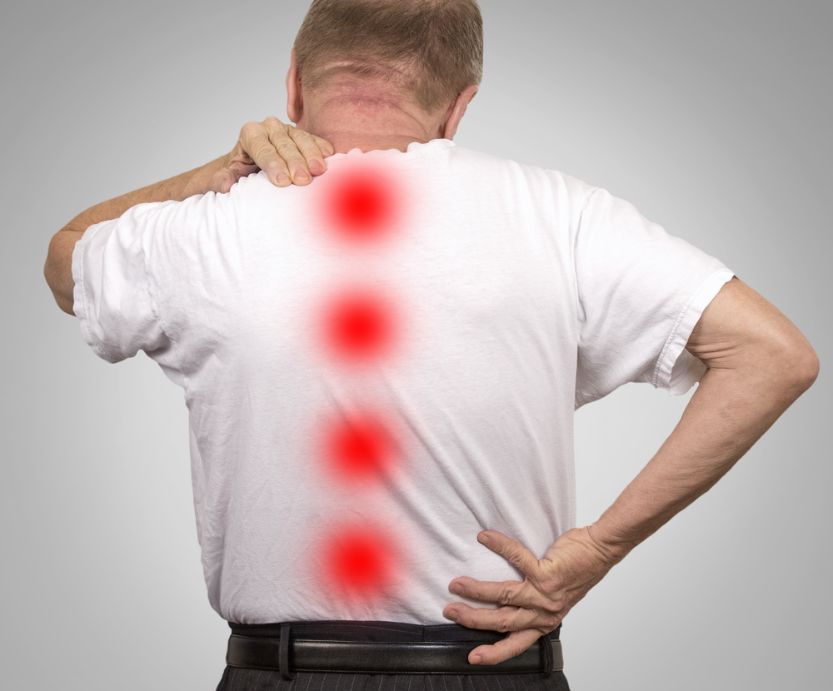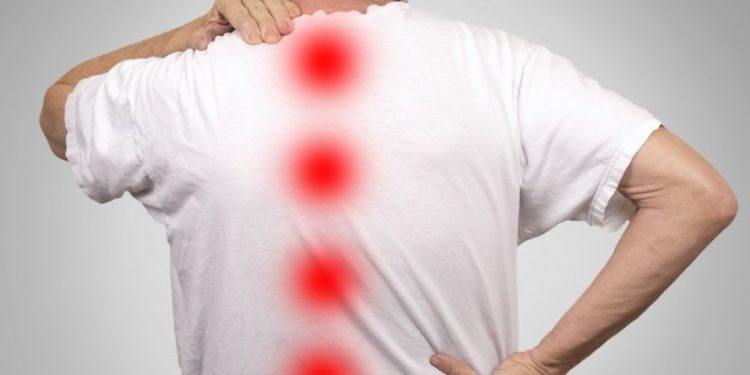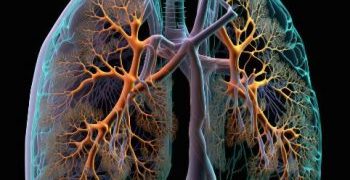When spinal stenosis affects the nerve roots that run down the spine, it can cause a variety of symptoms. These can include pain, numbness or weakness in the arms or legs, as well as problems with coordination and bowel or bladder control.
When you have spinal stenosis, the space in your spinal canal (the opening through which the spinal cord runs) and the spaces where your spinal nerves exit the canal narrow. This happens because the spinal bones – the vertebrae – begin to change and shrink as you get older. Bone spurs and enlarged facet joints can also lead to spinal stenosis because they press on the nerves as they travel through your spine.
Over time, these changes can pinch the spinal nerves and lead to tingling and numbness in your hands or feet, as well as weakening of the muscles that help you walk and stand up straight. You can also have a problem controlling your bowel or bladder if the spinal nerves that run to your intestines are compressed.
Spinal stenosis may also occur because of tumors that grow in your spine. They can compress the nerves in your spinal canal, or they can cause fractures that produce fragments of bone that penetrate into your spinal canal. Other medical conditions can cause spinal stenosis, such as osteoarthritis, which causes the cushioning disc between the vertebrae to dry out and shrink.
Osteoarthritis can cause your back to hurt when you bend forward or extend your arms and legs. You can also develop a condition called osteoporosis, which makes the bones in your spine thinner and less dense.

Ossification of the posterior longitudinal ligament can occur if calcium deposits form on the ligament that runs up and down behind the spine and inside your spinal canal. These deposits can turn the tissue of the ligament into bone, which presses on the nerves in your spine.
Congenital stenosis can occur in infants born with small spines that do not have enough room for their spinal nerves. Achondroplasia is an inherited disorder that can cause spinal stenosis because it causes the bones in your spine to have problems with their formation and size.
Surgical treatment can be used to correct severe spinal stenosis, particularly if the pain and other symptoms caused by the stenosis are not improving or are getting worse. Surgery aims to relieve pressure on your spinal nerves or spinal cord by removing any bones that are pressing on the nerve roots and the spinal cord.
Other types of nonsurgical treatments are sometimes prescribed to treat the pain, numbness and weakness that come with spinal stenosis. These treatments can include over-the-counter and prescription medicines for pain, anti-inflammatory medications and physical therapy.
Corticosteroids: Drugs that reduce inflammation and swelling in the nerves and the spinal cord can ease pain from spinal stenosis. Some people experience relief from arm or leg pain in as little as a few days after taking these medicines by mouth.









